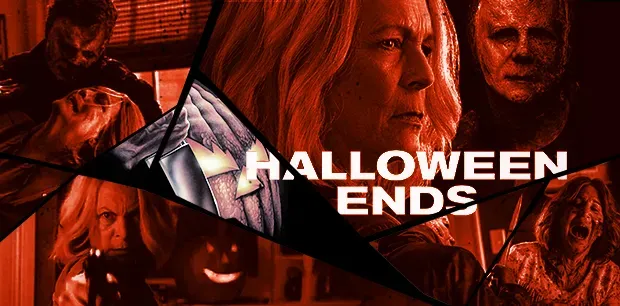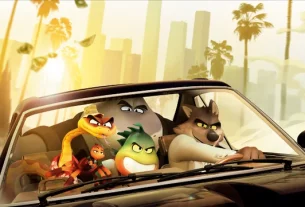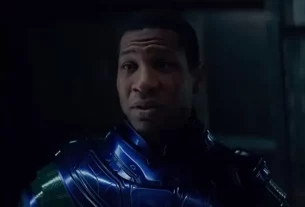There are countless movies about Christmas, but there is only one series of films exclusive to Halloween, and that is ‘Halloween’.
This horror film IP with more than 40 years of history is rebooted again in 2018.
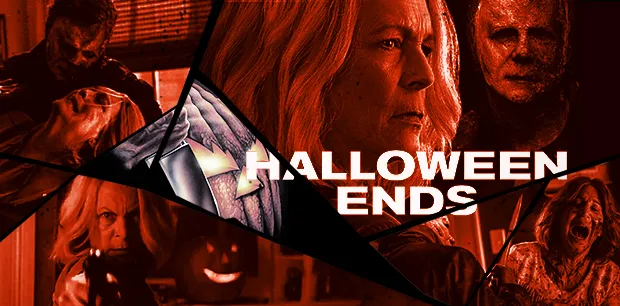
The last part of the new series trilogy ‘Halloween Ends’ has recently gone online, so it’s time to say goodbye.
For the loyal fans of the series, the classic villain killer Michael will be in this film to officially collect the box lunch.
However, the question is, in the end, what kind of means is the capable person to use, and even send the undead killer to hell? This suspense, I believe, is also one of the attractions of this film.
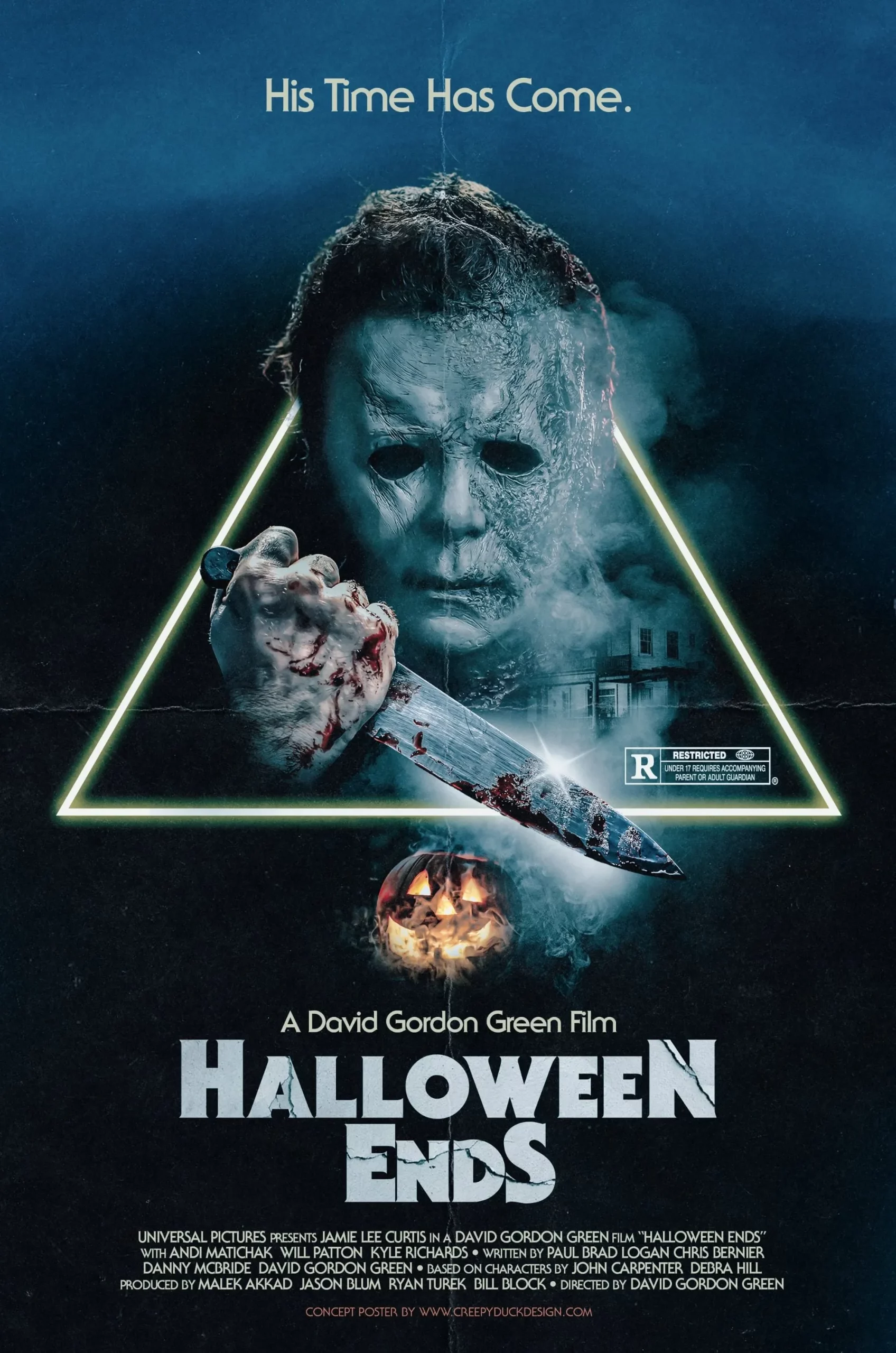
‘Halloween Ends’
01、Haddonfield small town
Director David Gordon Green reboot of the new series, the plot of the first ‘Halloween’ of John Carpenter, directly skipped the subsequent nearly ten sequels of the tedious story.
In the first part of the new series, it was explained that Michael was arrested by the police after killing several young people on Halloween night in 1978, and was put in a mental hospital.
It is not until forty years later, when Michael escapes by accident and “visits” the town of Haddonfield again that the tragedy repeats itself.
2021’s ‘Halloween Kills’ continues the story of the previous film, telling the story of Michael’s rescue from death by mistake by firefighters and sending the residents of the town into a state of extreme panic.
At the end of the film, Michael mysteriously disappears after slaughtering several people ……
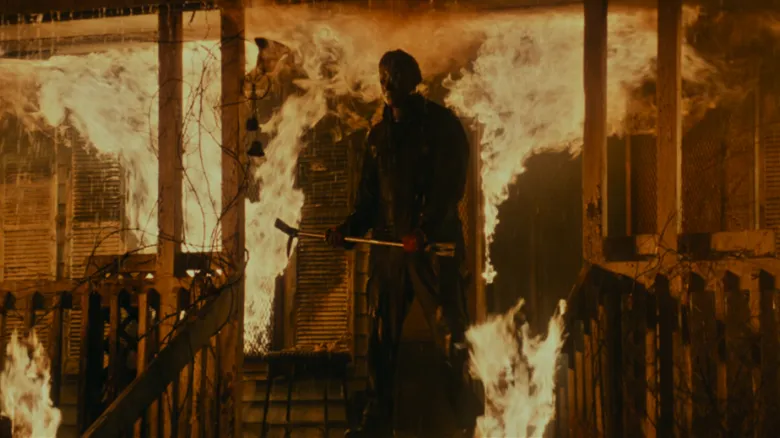
The new film ‘Halloween Ends’ takes place four years after the second film.
During this time, Michael was never seen again, but the residents of Haddonfield suffered from varying degrees of PTSD – some shot themselves the night before Halloween, while others became disgruntled and twisted.
Corey, the hero of this film, was a high school student with good prospects, but in the part-time job as a house sitter, an accident occurred. The little boy being looked after because of him, accidentally fell to his death.
After the incident Corey was saved from jail, but in the following years, he did not succeed in further education, he was reduced to working in an auto body shop, and was discriminated against and despised by many residents of the town.
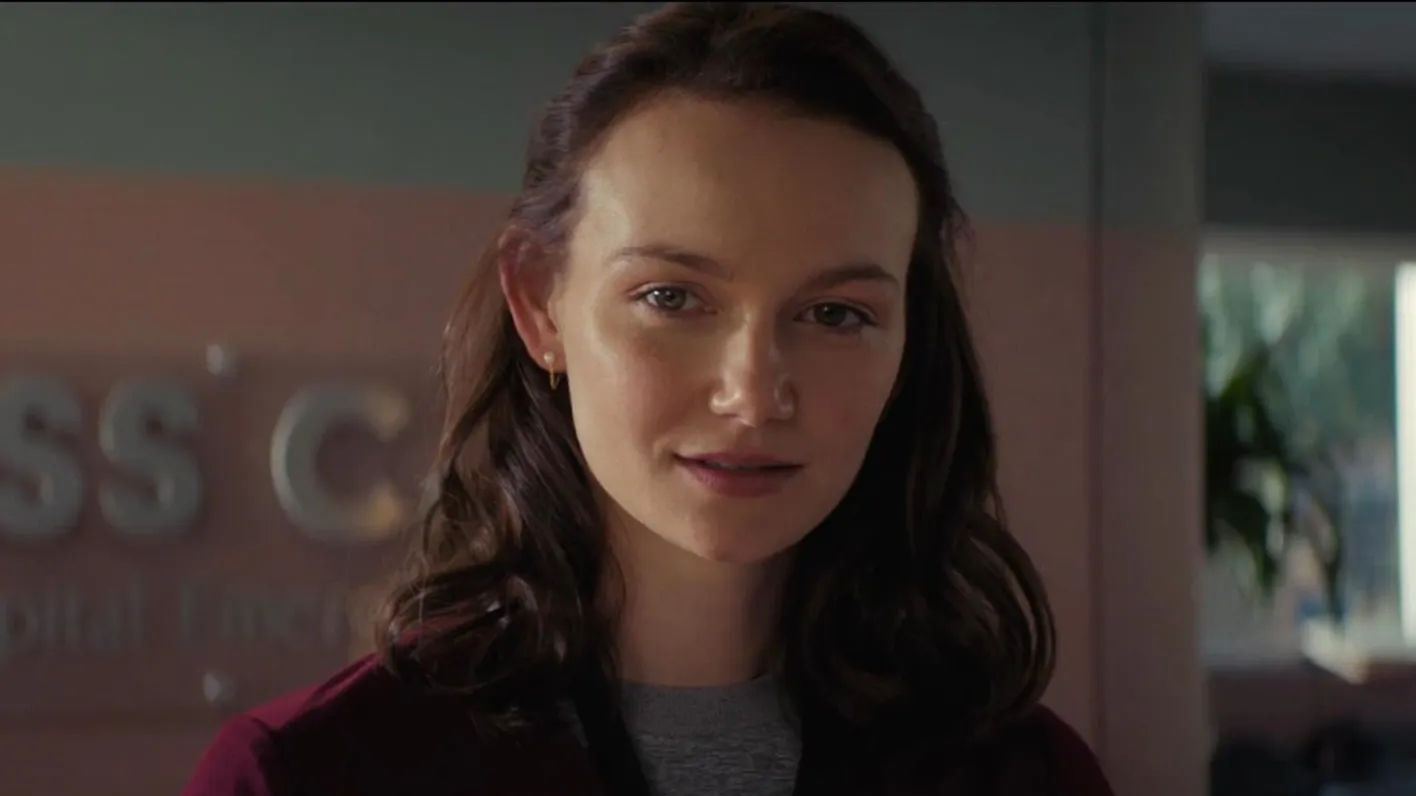
Laurie (also the sister of the killer Michael), the heroine of the last series, and her granddaughter Allyson, seem to have started a new life, but the two are similar to Corey, still inevitably encounter criticism and dislike.
As a result, Corey and Allyson, both traumatized, came together to heal each other.
As for Michael, who has been missing for four years, he has not left the town of Haddonfield, but is hiding in an underground pipe.
He stumbles upon Corey and intends to strangle him, but senses the latter’s dark experience and lets Corey off the hook.
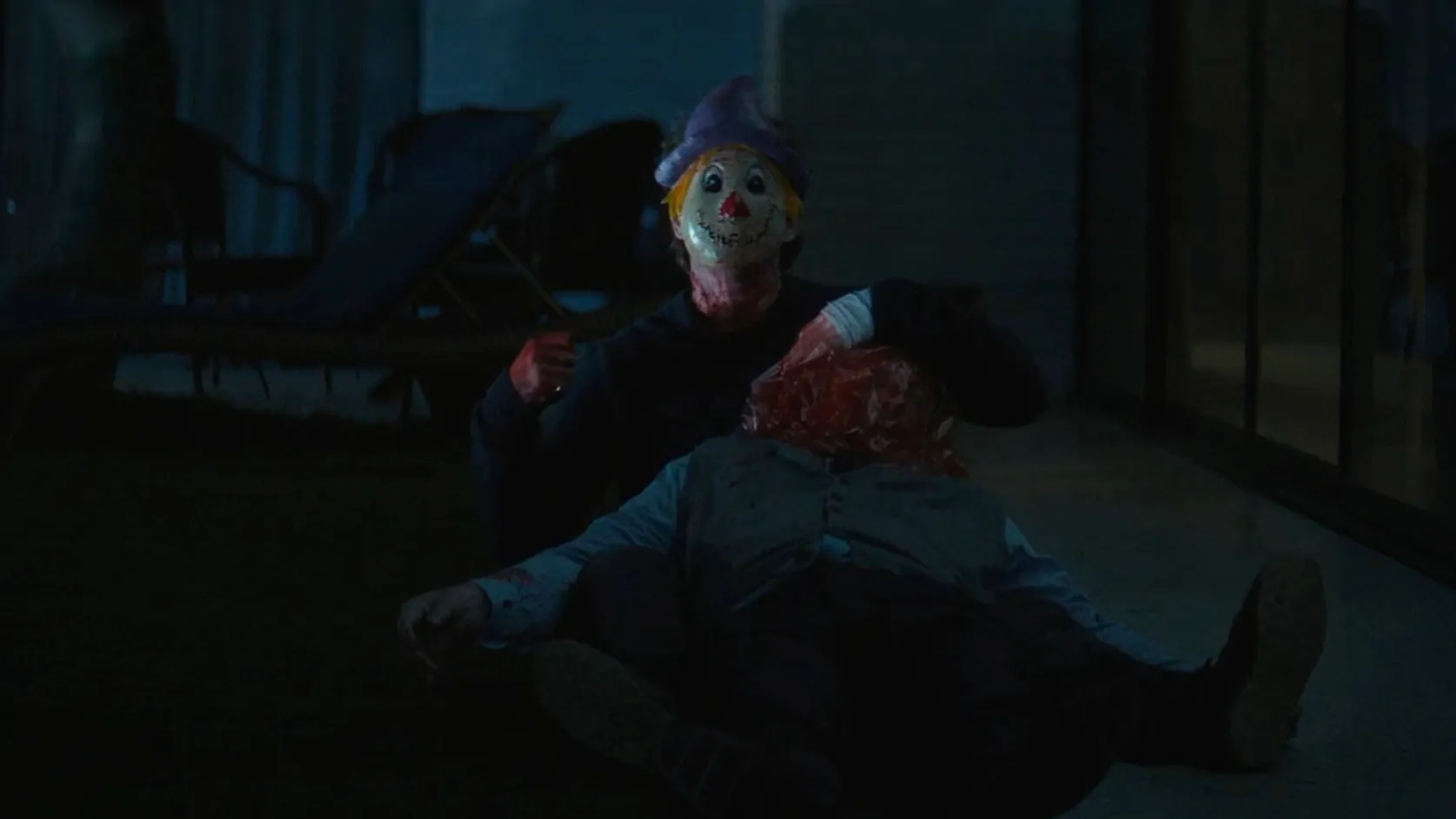
Thus began, Corey from around the angry goon into a murderous demon, and on the night before Halloween, so that the town again experienced a bloody storm.
But at the end of the film, whether it is the new generation of killers Corey, or the old generation of Michael, in front of the battle-hardened Laurie all defeated ……
02、Social Criticism from ‘Halloween Ends’
The biggest difference between the trilogy and its predecessor is that the social criticism and psychological analysis become the focus, and the pleasure brought by the killing scenes takes a back seat.
In the first film, the family relationship between the elderly Laurie and her daughter and granddaughter becomes the core of the entire film.
Laurie’s harsh training of her daughter from a young age, her daughter’s Abomination and escape from Laurie, and her granddaughter’s compassion and empathy for Laurie, together speak to the profound impact of trauma on this broken family.
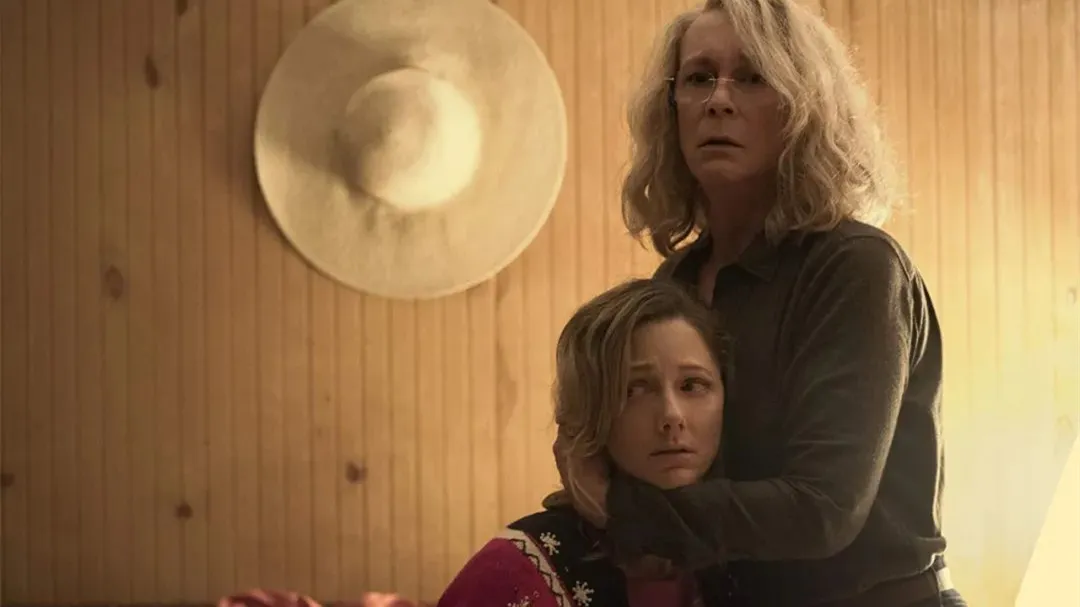
And in the second film, Michael’s serial killings, the sudden panic caused to the residents of the town, and let us witness a group of “rabble” how recklessly kill an innocent person’s life.
So, by the time ‘Halloween Ends’ comes around, we are not surprised at the director’s slow narrative in the film.
Corey’s bullying, Allyson’s injustice at work, and Laurie’s inescapable vitriol are all signs that the town’s residents are turning their long-pent-up fear and anger on the even weaker innocents.
Faced with fear, Allyson chose to run away. She hoped Corey would take her away from Haddonfield on his motorcycle. Instead, Corey chose to become the fear itself.
As in the 2018 debut, that Dr. Sutton, who studied Michael for years, eventually became just as evil as he was.
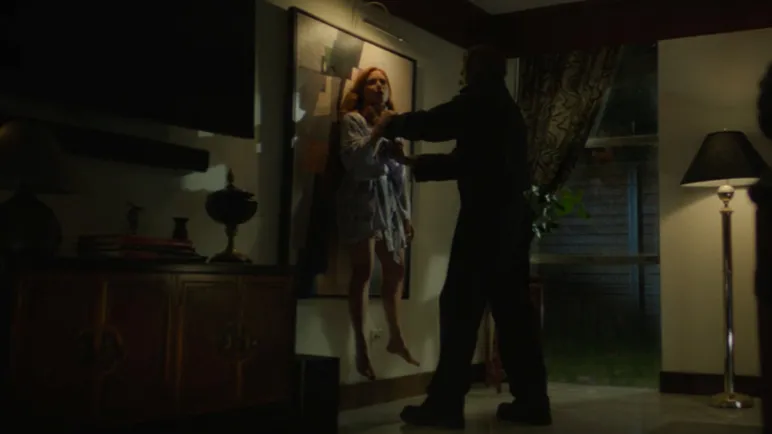
But in this film, Corey and Michael’s relationship is more akin to that of master and disciple, a similar set-up in the horror classic ‘Saw’.
Corey starts out by accidentally killing a homeless man, and then takes out his personal grudge, slaughters the bully, and finally becomes a cold demon just like Michael.
This process is undoubtedly Corey’s imitation and learning from Michael. Therefore, from a social-critical point of view, ‘Halloween Ends’ is still worth watching.
It allows us to see how a legendary serial killer changes a quiet town, and how its residents reshape the few unfortunate ones, and ultimately, how the unfortunate ones turn against the townspeople in the face of fear.
The vicious circle of human nature is unsettling.
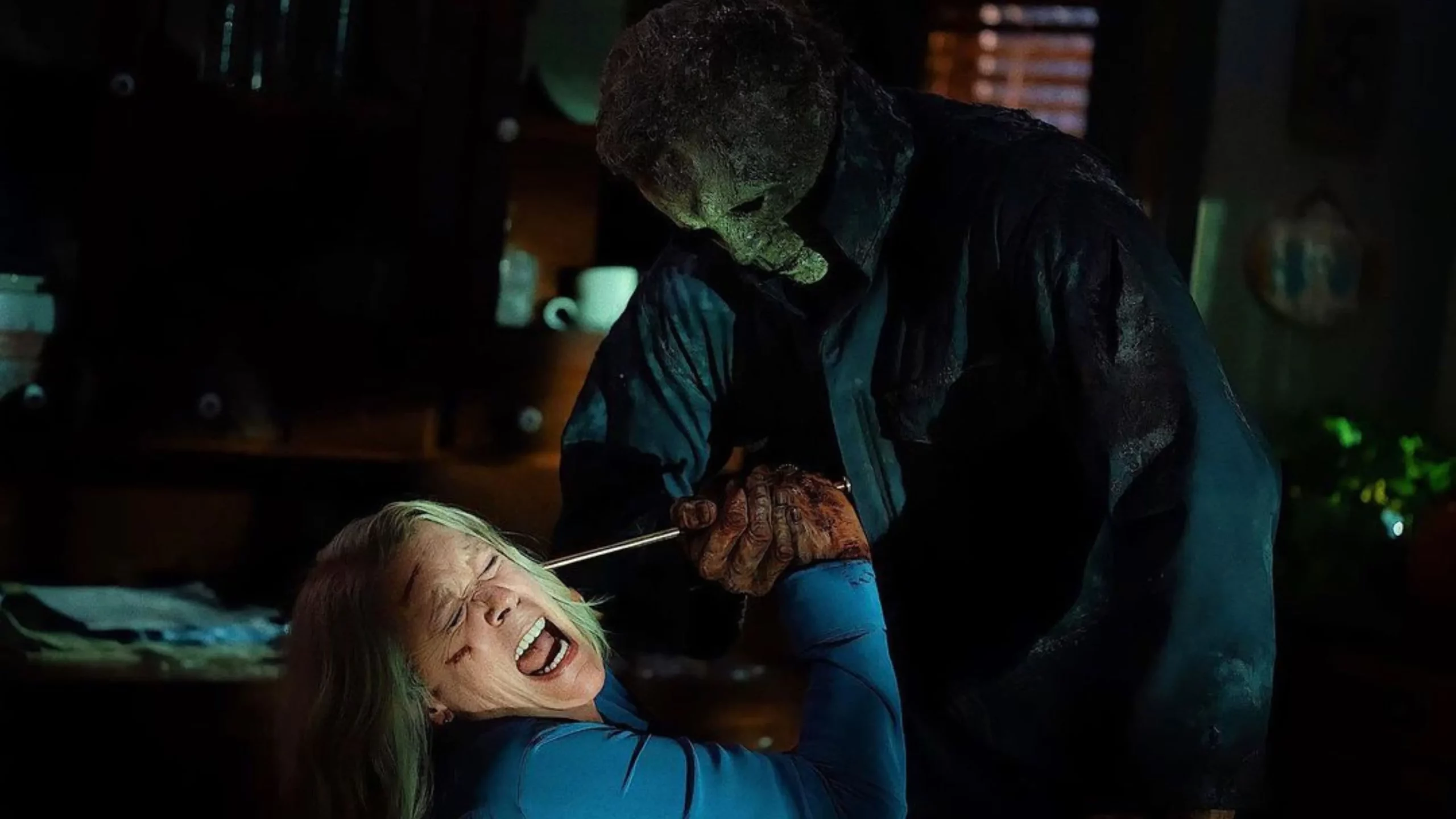
Unfortunately, this is, after all, a horror film under the banner of ‘Halloween’, not David Fincher’s ‘Zodiac’ or Bong Joon ho’s ‘Memories of Murder’, and the overly detailed social expression makes the killing itself much less thrilling.
This is reflected on the one hand in the abrupt reduction of the killing scenes.
Even in the first two films, which are also full of social criticism, the killing scenes are not too compromised. The series of four killings at a gas station in the first film and Michael’s random slaughter as he roams the town in the second film are quite impressive.
In this film, in addition to the climax and the end part has a more intensive killing scene, the vast majority of the plot in front of all the drama for the text, lack of horror atmosphere and scary jump bridge.
On the other hand, as the iconic role of Michael has been reduced to a “mascot”, no longer the subject of the kill, but only a teacher with limited mobility, occasionally instructing the apprentice a trick or two.
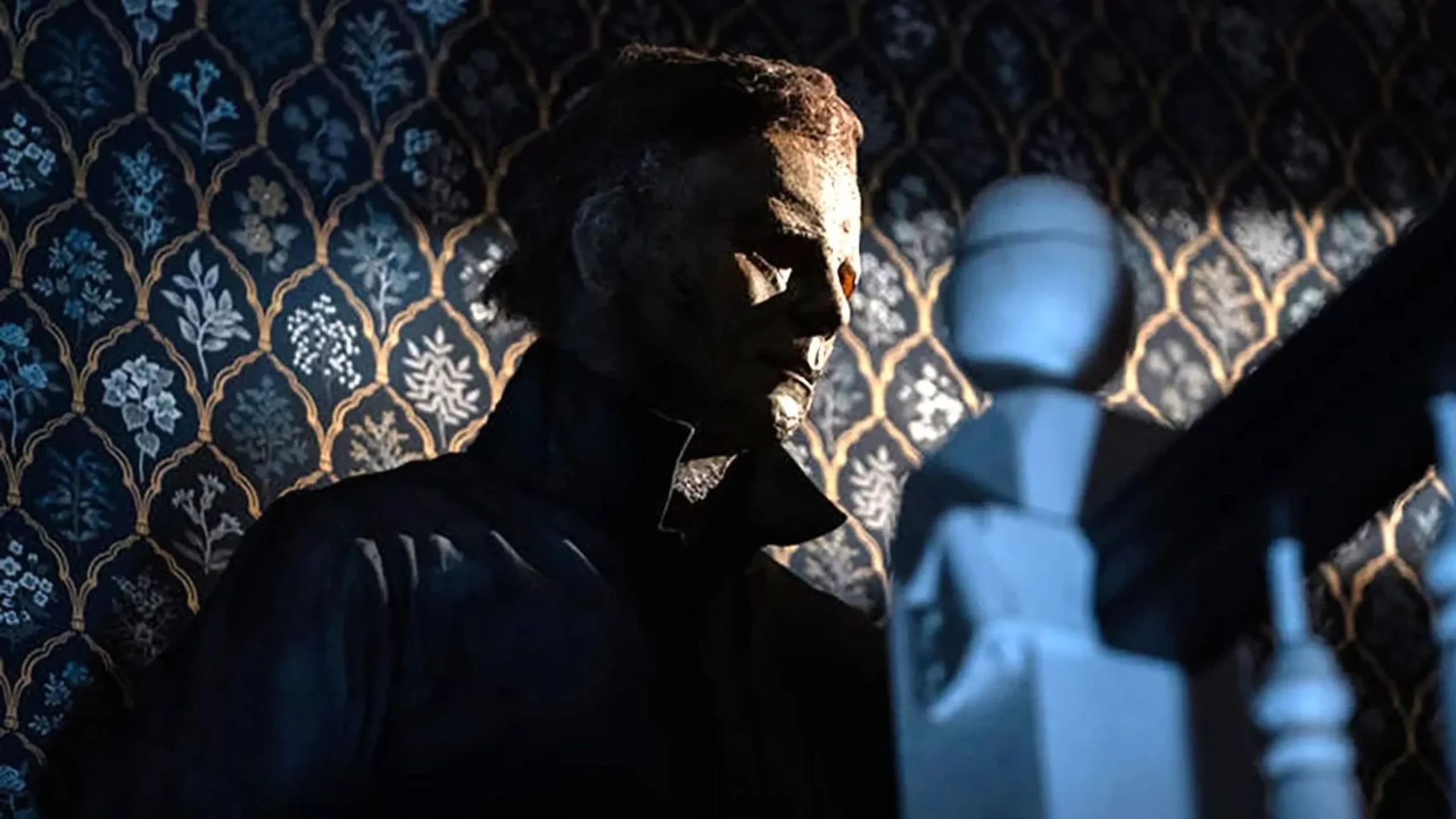
In terms of the number of kills, Michael even set a new low for the entire series: 1.5 people!
This has led many fundamentalists of ‘Halloween’ to call it a “fake”.
03. Will it restart again?
When we look back at the whole series, we will find that the most innovative is still the first one in 1978.
By then, John Carpenter had already made a name for himself in the horror genre with two feature films, ‘Dark Star’ and ‘Assault on Precinct 13’.
Next, he needed to create a masterpiece of horror that would stay in the history of cinema and open up the genre.
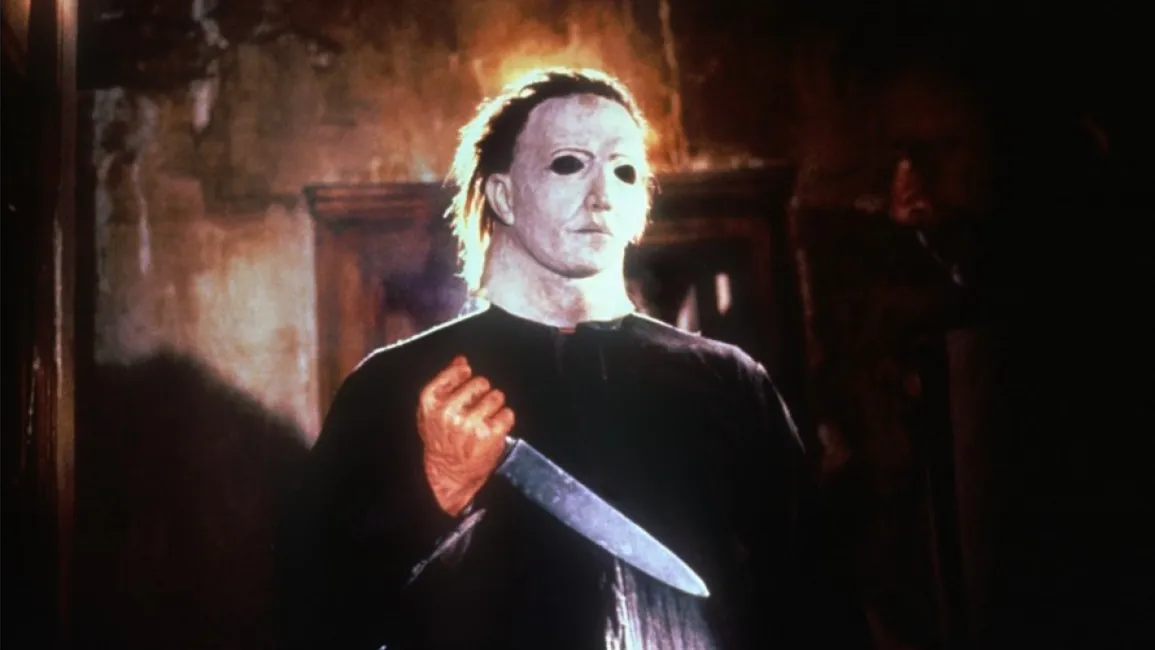
However, what I didn’t expect was that when shooting ‘Halloween’, both the film’s budget and the shooting cycle were quite tight.
The cost of $300,000 and the 21 days of work all pressed Carpenter at all times to tell the whole story in an extremely clever way.
He will be the original script of several days of the story, concentrated into the night before Halloween day, and at the beginning, a long shot with a subjective point of view, to capture the entire killing process, this innovative form, until now still influenced many horror films.
The film does not show too many details of the killings, but the use of hidden techniques, so that the killer Michael is always in the dark, as for the victims, always in the unpredictable when caught off guard.
Coupled with the film’s widescreen format, the depressed town’s night scenes create a sense of ubiquitous alienation, while Michael with a pale mask like a cold and cruel hunter, leaving people in a constant state of unease.
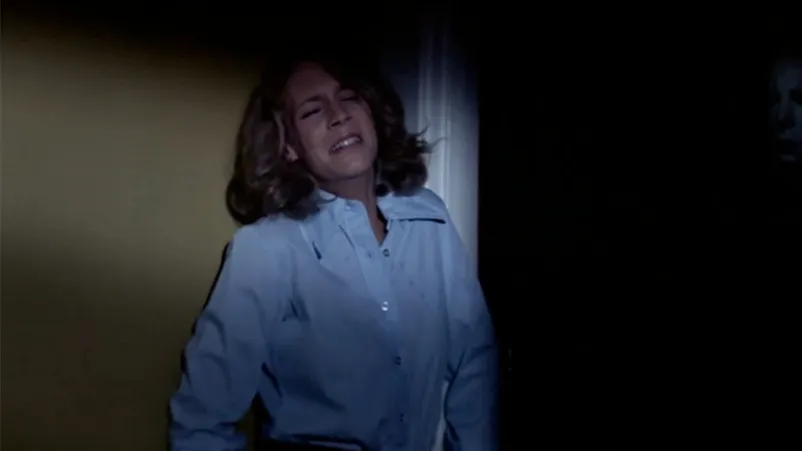
The film was not well received by critics at the beginning of its release, but after critic Tom Ellen published a glowing review in ‘The Village Voice’ magazine, it began to quickly gain traction and praise.
At the same time, the film also rose at the box office, eventually stopping at a staggering $47 million, a return ratio of nearly 150 times, even in the field of horror films, but also really amazing.
In the four decades since, the ‘Halloween’ series has been made again and again by Universal Pictures, but Carpenter has never directed again, appearing only as a writer, producer or soundtrackist.
The stories in these sequels are also very different.
The second film, from 1981, followed the story of the first film, in which Michael was shot six times, but still killed in the hospital.
By 1982, the third installment was a complete overhaul, with Michael’s killer image completely erased and replaced with a science fiction story of a conspiracy factory.
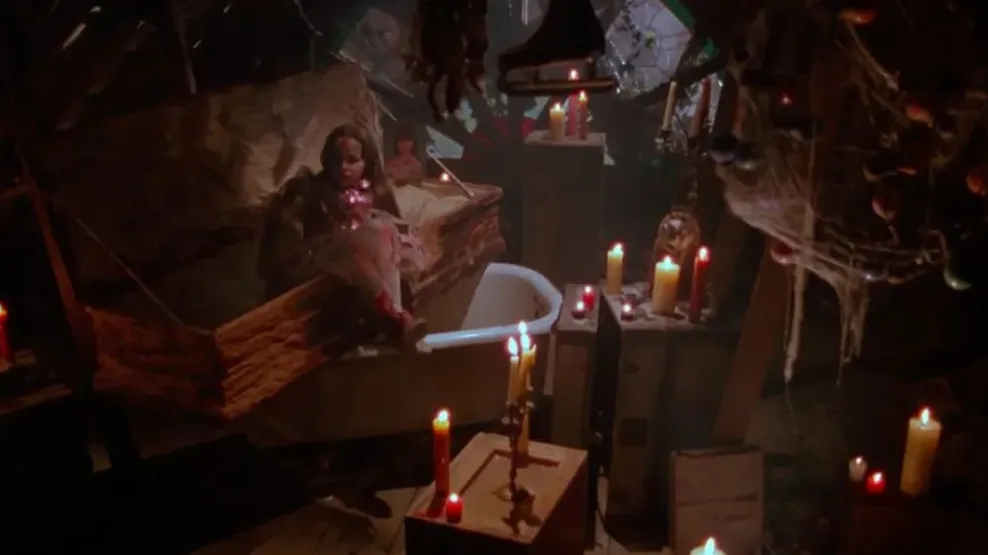
Six years later, ‘Halloween 4: The Return of Michael Myers’ returns to Michael’s original setting, telling how he hunted down and killed his niece.
In subsequent sequels, some introduced cult elements in an attempt to explain Michael’s immortality; others re-invited the “Queen of Scream” Jamie Lee Curtis to reprise her role as Laurie in a showdown with her brother Michael.
In 2007, Rob Zombie, a close friend of Carpenter’s, directed ‘Halloween’, which received good reviews for its genre-defying focus on Michael’s childhood experiences.
But in the ‘Halloween II’ two years later, Zambi’s overly self-expressive approach has left many fans scratching their heads and playing bad reviews.
Until David Gordon Green rebooted the series ‘Halloween’ in 2018 with the support of Universal Pictures.
And Michael joins Human Face in ‘The Texas Chainsaw Massacre’, Jason in ‘Friday the 13th’, and Freddy in ‘A Nightmare On Elm Street’ as well as “The Four Greatest Killers in Movie History”.
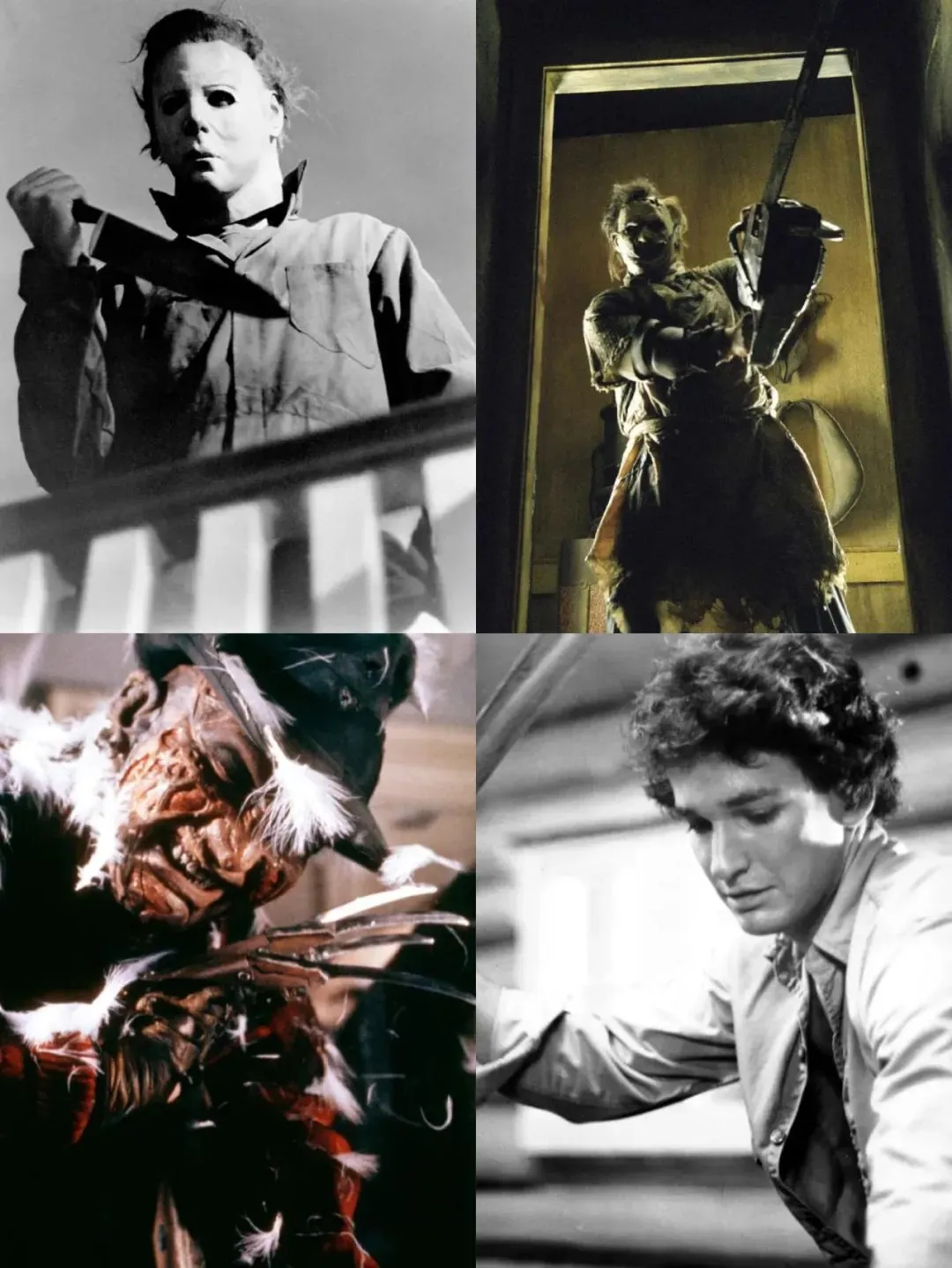
In addition, ‘Halloween’ established the so-called “slasher movie” as a subgenre of horror films.
Unlike ‘The Texas Chainsaw Massacre’, which is a bloodbath, the slasher movie emphasizes the slaughter of serial killers.
Under the influence of ‘Halloween’, the American film industry in the 1980s and 1990s gave birth to a large number of low-budget hack-and-slash movies, the more representative, namely ‘Friday the 13th’ and ‘A Nightmare On Elm Street’ series.
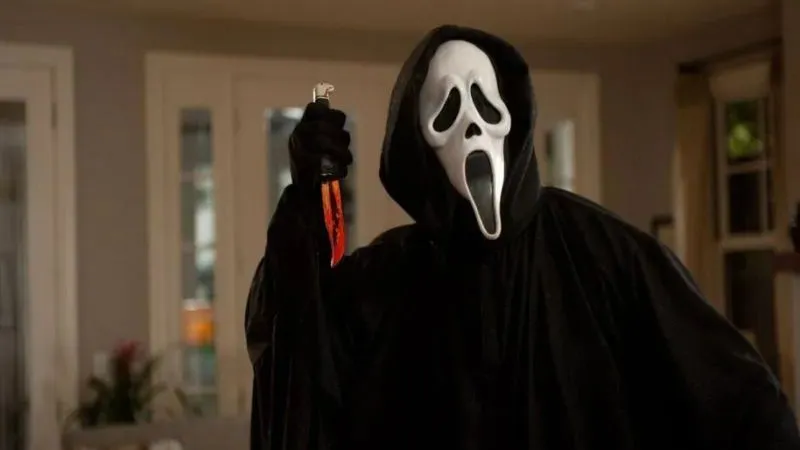
By the mid-1990s when slasher films were in decline, Wes Craven’s ‘Scream’ series came out of nowhere, combining slasher elements with youth genre films to keep it alive until after the new century.
Thereafter the slash-and-burn movie, towards the variant.
‘Final Destination’ ‘Saw’ and other classic series, in a way, also belong to the hack-and-slash movies, except that they incorporate elements such as blood plasma and escape rooms.
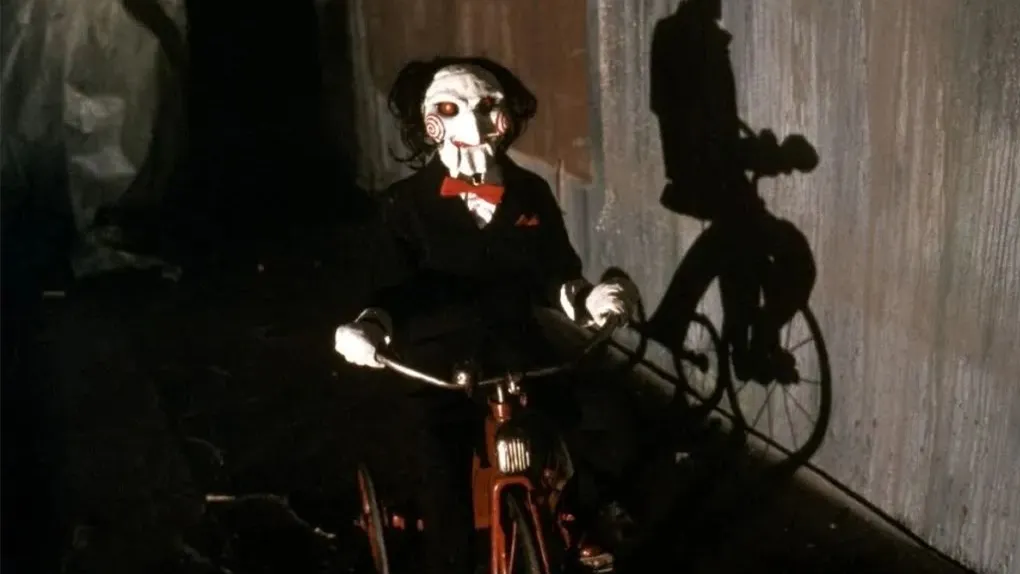
‘Halloween’ new trilogy this time to end, it is certain that Universal will not let go of this classic IP.
Even if Michael is completely dead, he can still be reopened in a different timeline.
For example, a new story that follows the timeline of the first film; or a new generation of masked killers to follow in Michael’s footsteps, as in ‘Saw’; or a story that explores Michael’s incarceration in a mental institution.
In short, ‘Halloween’ is just like the night before Halloween that it symbolizes, the latter year after year and the former always returns when needed.
Related Post: “Halloween Ends” Northern America opening box office wins but hits series low.
